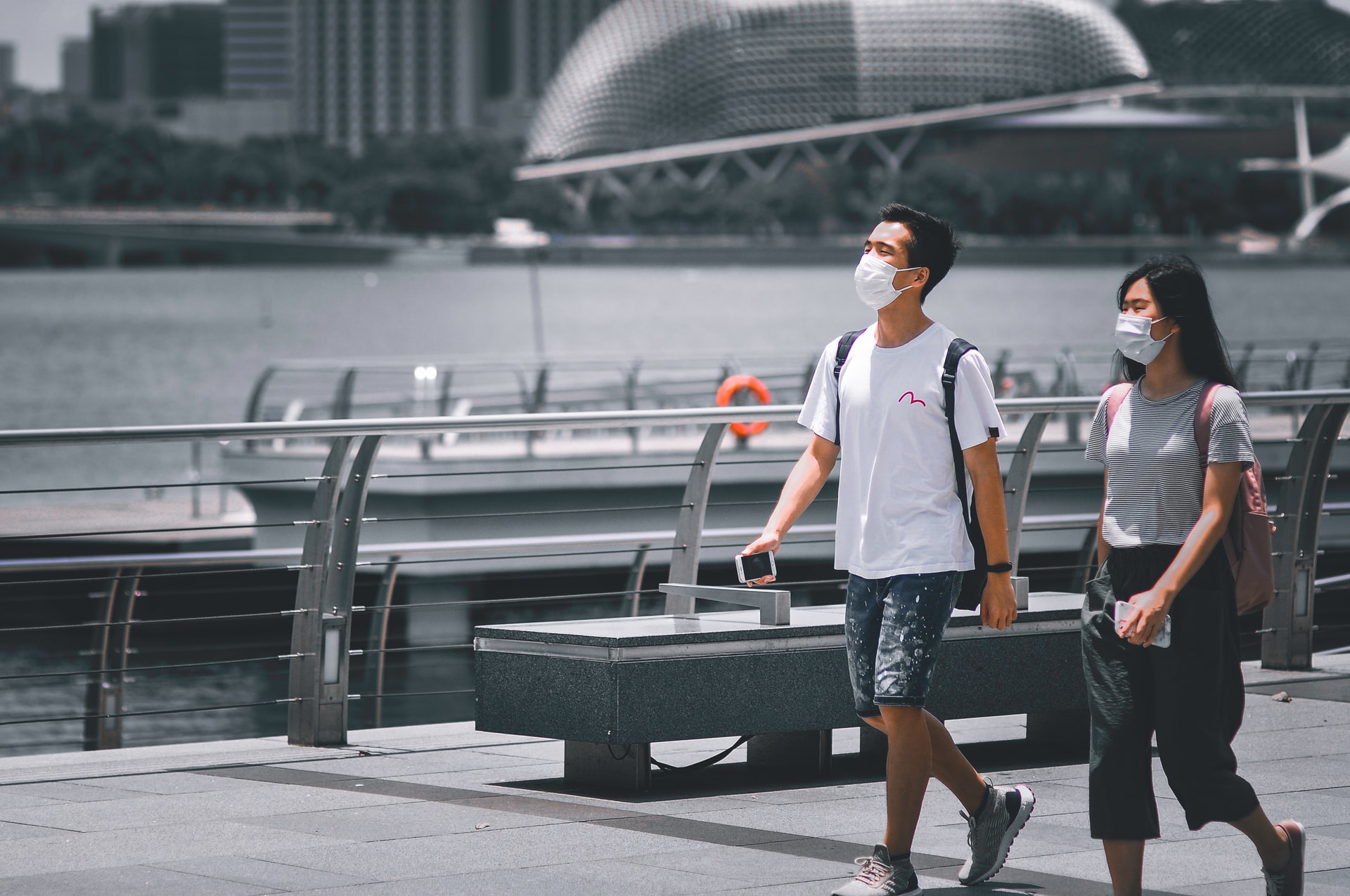Social distancing, which has been suggested by scientific advice that airborne particles can spread up to 1.5 metres, may no longer be enough to prevent the spread of COVID-19.
A study by the Australian National University (ANU) have found that transmission can occur from airborne particles that have the potential to travel significant distances.
Results of the study, published in the Australia and New Zealand Journal of Public Health, raises concerns that this type of transmission is different to the one currently known.
Lead researcher at ANU, Professor Sotiris Vardoulakis says they knew larger particles could travel up to 1.5 metres, but smaller particles can go further.
“Now the evidence which is emerging is that much smaller particles can be transmitted longer distances, even when we speak, even from asymptomatic individuals who are not sneezing or coughing,” he said.
“We are concerned that transmission of the virus is potentially occurring through a number of environmental routes, including through airborne particles known as aerosols.”
Currently, it is known that COVID-19 can spread due to close or direct contact between people and surfaces, which has resulted in the current measures of social distancing and wearing a mask in public.
The newly found method of transmission, may require further preventative measures such as increased air ventilation in indoor places and a wider use of masks.
The researchers have recommended new air ventilation in crowded places, such as public transport.
They suggest air cleaners, such as the ones used during the bush fires to combat smoke particles, might assist with removing dust and pollen that could be carrying the virus particles.
Professor Vardoulakis says the choice of masks to block the airborne particles is complicated.
He says the masks with the exhaling valve are “effective at blocking virus particles from entering the respiratory system, but may allow the wearer to breathe out infected particles”.
“Looser-fitting surgical masks may allow small aerosol particles to enter, but prevent the release of larger droplets,” he said.
“Ultimately, even cloth masks that are well fitted may offer some protection for members of the public.”
Professor Vardoulakis says the measures we are currently undertaking must continue.
“We are already becoming more accustomed to wearing face masks in certain settings, as well as maintaining physical distancing, hand washing and disinfecting surfaces,” he said.
“Widespread testing, contact tracing and self-isolation by infected individuals are also still some of our most important defences in the pandemic.”
The new research isn’t definitive, but is enough to warrant concern among experts.
COVID-19 is unpredictable, with new information surfacing all the time.
“The fact is, our knowledge of [COVID-19] is still evolving, and we need to consider the most effective prevention methods in line with our evolving knowledge. This will help to reduce the risk of transmission as much as possible,” said Professor Vardoulakis.
Photo: Photo by Victor He available here and used under a Creative Commons Attribution. The image has not been modified.







